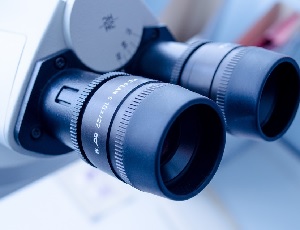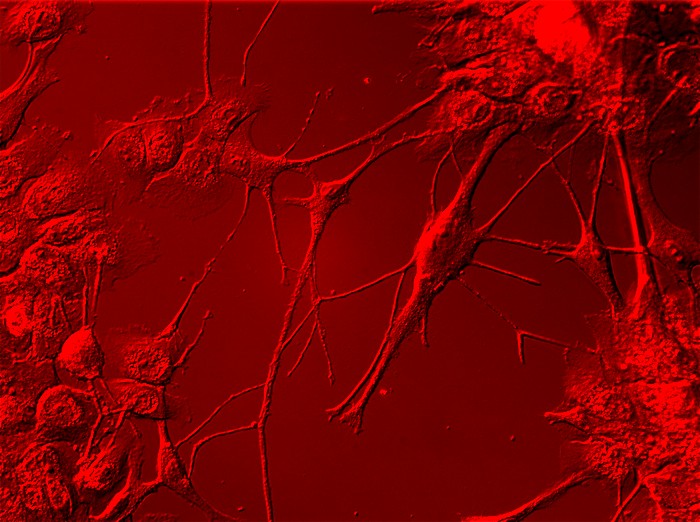
The opening ceremony of the academic year 2017/2018 at the Jagiellonian University included a special lecture by Dr hab. Justyna Drukała from the JU Faculty of Biochemistry, Biophysics, and Biotechnology, a biologist, head of the JU Cell Bank.
Here is the English translation of third and part of the lecture, which takes the reader on a journey into the world of transplantation and regenerative medicine.
See also: Part I: From prostheses to transplants
Part II: Stem cells and scaffolds
Laboratory-grown skin
Skin is the largest organ in human body. It provides a protective layer for other organs and tissues and allows the body to maintain homeostasis. The outer layer of skin – the epidermis is capable to quick regeneration, since it contains a relatively large number of stem cells. As these cells are easy to obtain and reproduce, they have been used to treat skin loss and create more complicated substitutes of this organ. Hence, living equivalents of skin have been the first products of tissue engineering proposed for application.

The Cell Bank, established at the Jagiellonian University Department of Cell Biology over 20 years ago on the initiative of Prof. Włodzimierz Korohoda, has a lot of experience in the abovementioned area. This is where human skin cells are cultivated for clinical use in the treatment of burns and trophic wounds (e.g. ulceration). They have already been used in several dozen clinical skin graft tests, which were performed in collaboration with clinical units.
Unfortunately, covering wounds with cells alone is only effective if there remains a natural scaffolding for them in the form of a sufficiently thick vascularised connective tissue. Hence, there are ongoing attempts – also conducted in the JU Cell Bank – to reconstruct all layers of skin with the use of commercially available tissue matrices. There are already several products of skin tissue engineering registered in the United States, the most advanced of which is Apligraf®.
After skin equivalents, cartilage is the tissue most often regenerated using stem cells. Products of bone tissue engineering are also in use. Researchers are also attempting to use cell products to treat neurological conditions. At the same time, intense studies on reconstructing entire organs - such as heart, liver or kidney - for clinical use are underway.
Social dimension of tissue engineering
Tissue engineering is an interdisciplinary field of study. Only such an approach allows it to be developed on many different levels: from basic science to research on animal models, clinical trials, and, finally, mass production of clinically applicable products. Basic research helps to optimise new technologies and treatment strategies, as well as control the safety of creating products and their quality, which opens up the possibility of their clinical application.
It is important for persons working in the field of tissue engineering to gain widespread social acceptance for this field of medicine and effectively advertise it to companies, as the dynamic development of this extremely promising discipline requires considerable financial support.
The advancements in treatment using living cells forced legislators to regulate this area of medicine. According to the European Parliament and European Council directive which came into effect in 2008, tissue engineering products have been classified as advanced therapy medicinal products. In Poland, the production of this new group of medications is supervised by the Ministry of Health and the Chief Pharmaceutical Inspectorate. They can only be produced in laboratories with high security standards, under a strict quality assurance system, which makes it a very costly process.
To be implemented in clinical practice, a product has to undergo proper clinical trials, to assess its safety and effectiveness. Only after passing these tests, the product can be registered. During the last 10 years, more than 1,000 such tests in the field of tissue engineering have been conducted in Europe, but only five therapeutic products were registered.
The high cost of treatment is another important factor hindering research in this area. The application of tissue engineering products is an individualised, “custom made” therapy, which, by definition, is expensive. Hence, the limitations of health service budget and deficiencies of health policy can be discouraging for researchers.
It is necessary to bear in mind that regenerative medicine can be the only hope for persons who have been waiting for transplant for many years, have lost large amounts of tissue due to accident or tumour surgery, or are struggling with chronic diseases which seriously impair their everyday functioning. This argument definitely has to be taken into account by policymakers.
Original text by Dr hab. Justyna Drukała: www.nauka.uj.edu.pl (all three parts)





